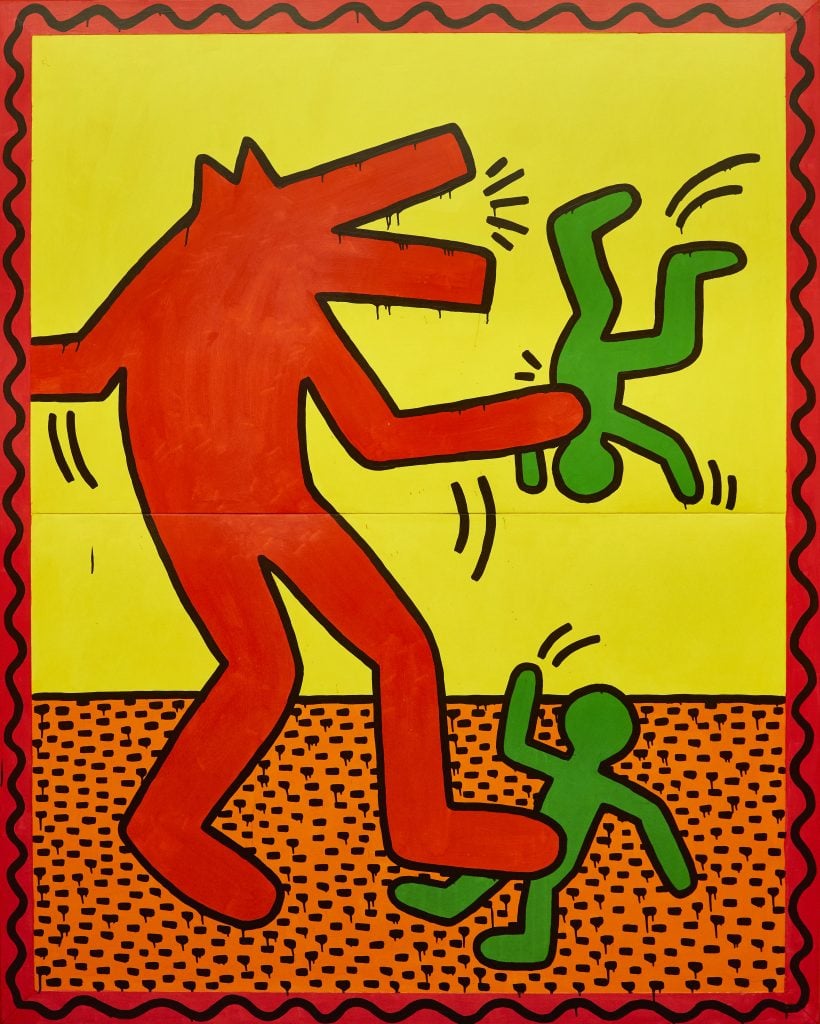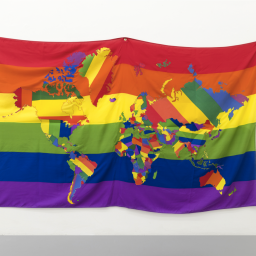June 17 was supposed to be slated for trawling the Messeplatz’s meticulously assembled art-fair booths, nibbling white asparagus at exclusive Swiss dinner spots, and sipping champagne at the Grand Hotel Les Trois Rois.
But on Wednesday, many of the world’s top dealers, collectors, curators, and advisors instead fired up their home computers and smartphones to web browse the latest iteration of Art Basel’s online viewing rooms.
While the atmosphere left several participants pining for the IRL experience, respected galleries ended the opening day of the virtual fair with a slew of five- and six-figure sales on their books. By Thursday morning, however, deals struck for more than $1 million were rare, further reinforcing that online sales platforms remain something of a glass-half-empty versus glass-half-full proposition: yes, a price ceiling still seems to exist for most galleries—but the ceiling is higher, and the space below it is wider and more welcoming than many would have expected just a few years ago.
Familiar faces abounded at the upper levels of the market. Gladstone Gallery scored one of the day’s biggest wins by placing an untitled dayglo painting by Keith Haring for $4.75 million. The gallery also found success one rung lower on the price ladder, selling an untitled 1991 painting by Carroll Dunham for $475,000.
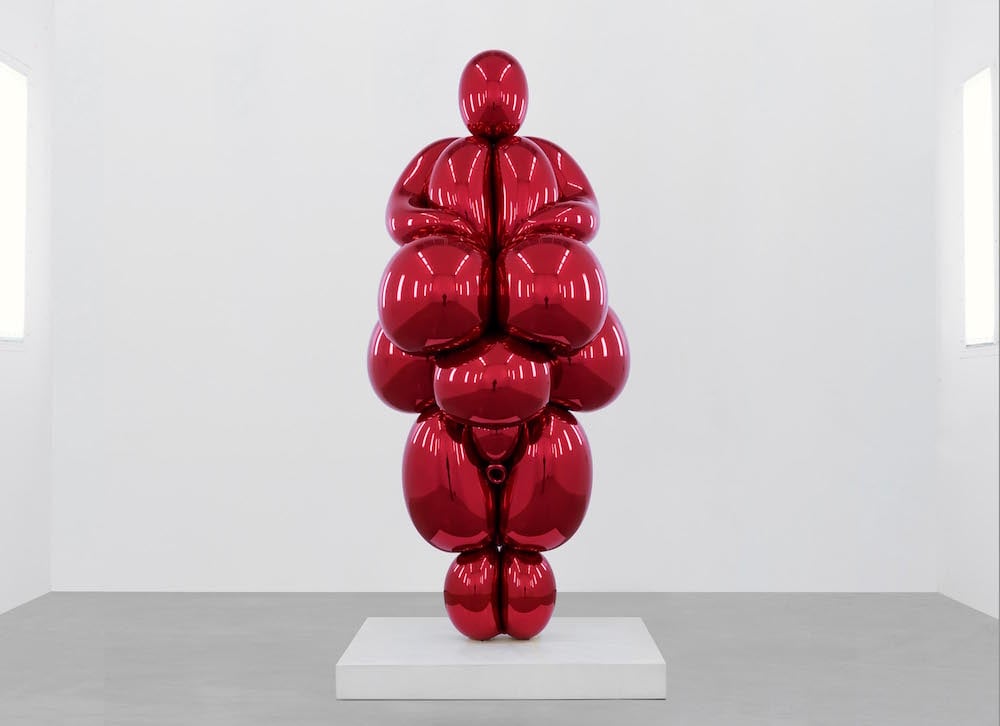
Jeff Koons, Balloon Venus Lespugue (Red), (2013–2019)
© Jeff Koons. Image courtesy of David Zwirner
Mega-gallery David Zwirner made a splash with what is by far the highest price we’ve ever heard of for an online transaction by a private dealer: Jeff Koons’s Balloon Venus Lespugue (Red) (2013–19) sold for $8 million, a record for any single online sale by the gallery. It was bought by a private collector in Europe.
Hauser & Wirth was a close second in terms of new online highs, reporting the sale of a new work by Mark Bradford for $5 million. In all, the gallery sold 20 works on preview day, including numerous pieces that were placed with major institutions.
Gallery president Iwan Wirth said that while there is no substitute for being at Art Basel, which he called “the art world’s largest energy-charging station,” the gallery was nonetheless pleased to celebrate its 50th anniversary with important sales.
Among the works that went to institutions are two pieces by Simone Leigh, which are now promised gifts to major American museums; a work by Rashid Johnson that was placed with an important Latin American arts foundation; a Nicole Eisenman painting, which is now with a European foundation; and a work by Nicolas Party that went to a museum in Asia.
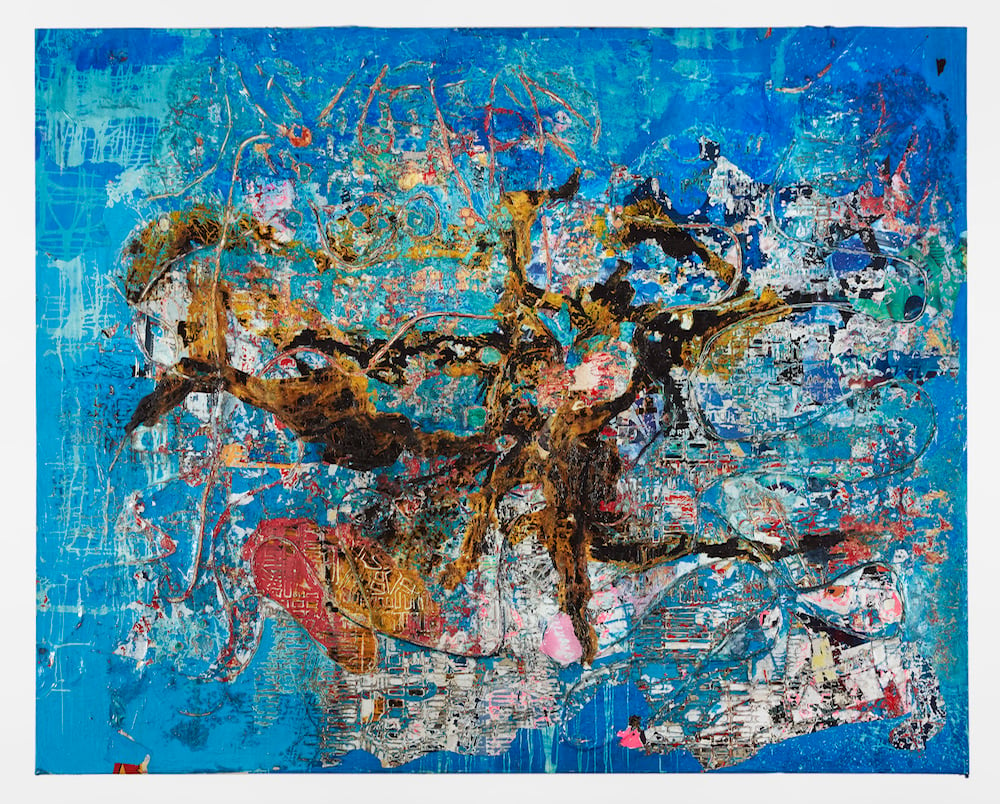
Mark Bradford, The Press of Democracy (2020). Image courtesy of the artist and Hauser & WIrth
Xavier Hufkens also cracked the $1 million mark on opening day. His gallery reported eight sales by Wednesday evening, led by Paul McCarthy’s White Snow Cake (2017), a silicone sculpture in eyeball-searing pink depicting Snow White and the Seven Dwarves, at $1.2 million.
“Art Basel Hong Kong was a great first experience,” Hufkens told Artnet News. But with the fair’s latest virtual iteration, “the digital fair is reaching levels of traction. It is clear to us that initial uncertainties about the online art fair have now fully evaporated.”
Three more works placed by Hufkens were priced between $100,000 and half a million dollars: a Tracey Emin canvas for $490,000, a whimsical Nicolas Party painting for $130,000, and a Thomas Houseago bronze-and-oak sculpture for $110,000.
At the lower end of the market ladder, Hufkens also sold an untitled Louise Bourgeois gouache for $85,000; a Michel François mixed-media sculpture for $45,000; a Sterling Ruby assemblage, REIF. 7263. (2020), for $55,000; and a Katherine Bernhardt painting for $50,000.
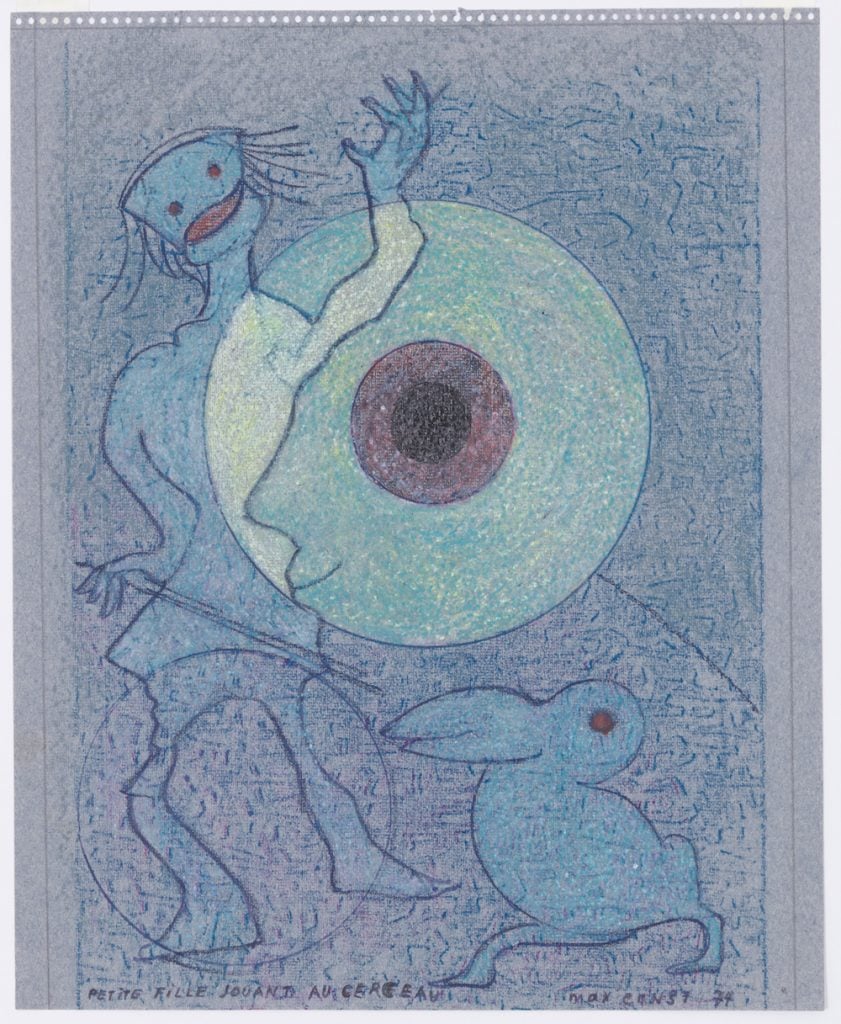
Max Ernst, Petite fille jouant aux cercaux (1974). Image courtesy of Kasmin Gallery
Thaddaeus Ropac notched one of the day’s juiciest sales with Georg Baselitz’s Elke in Frankreich II (2019), a monumental canvas featuring one of the artist’s signature inverted male figures, for €1.2 million (about $1.35 million). The gallery also found buyers for works at the middle and lower tiers of the market, including the Roy Lichtenstein collage Head (Study) (1986) for $580,000 and the Jules de Balincourt painting Park People Versus Forest People (2020) for $45,000.
Meanwhile, Lévy Gorvy reported that it sold works by a range of artists, including Pierre Soulages, Pat Steir, and Enrico Castellani, for between $90,000 and $2.5 million.
Kasmin Gallery was upbeat about the results of its VIP day. “It’s kicked off with a real sense of enthusiasm. We’ve made sales to clients we know and have had great inquiries from clients we don’t,” said gallery director Eric Gleason.
Among the gallery’s sales were Lee Krasner’s Untitled (circa 1979–80), a mixed-media work on paper, for $240,000, and Max Ernst’s Petite fille jouant aux cercaux (1974) for $115,000.
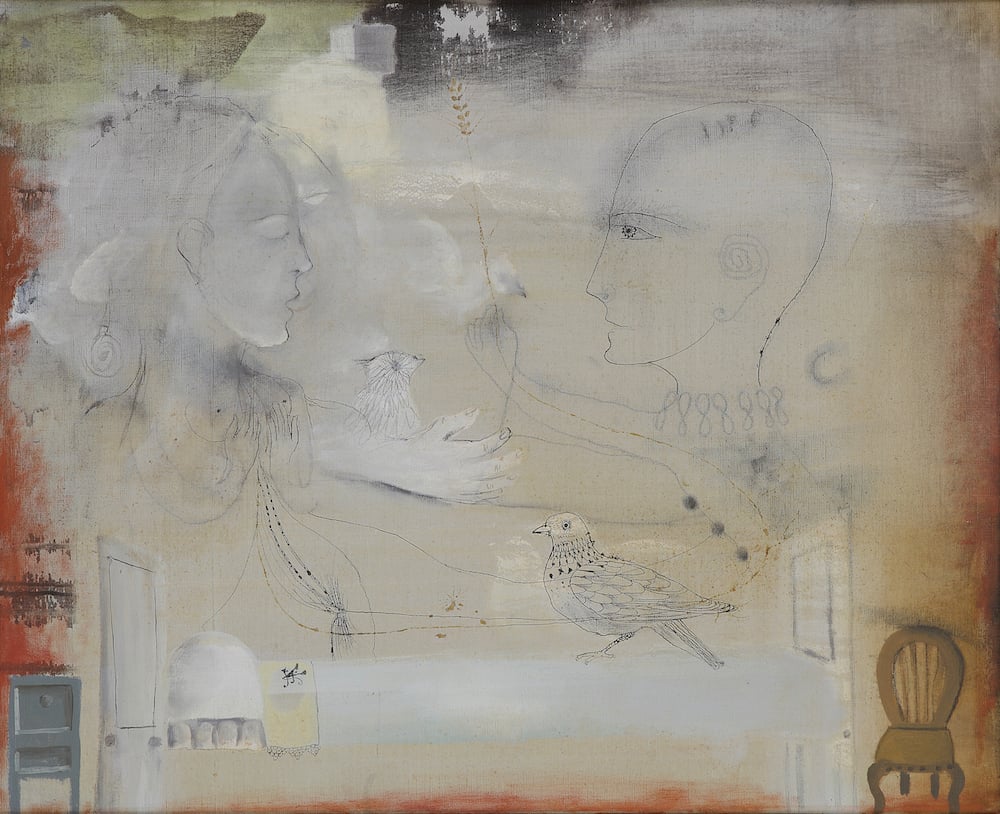
Antoni Tàpies, Galanteig 1952. © 2020 Artists Rights Society (ARS), New York / ADAGP, Paris.
Expanding the Browser Window
Compared to what existed during Art Basel’s inaugural online viewing room effort just three months ago, several more galleries augmented their offerings by launching concurrent virtual salesrooms on their own websites.
In some cases, these symbiotic projects added supplementary information to the same works; in others, the dealers topped up the pieces available through Art Basel with a few more objects; and in still others, the galleries presented entirely separate portals filled with works that were nowhere to be found in the stand-ins for their Swiss “booths.”
And the expansions paid off quickly.
Zwirner, for instance, reported that 10 of 15 works presented on its own website sold by the end of Wednesday. And Gagosian, which first arranged its own concurrent online viewing room during Art Basel 2018, followed suit again this year.
By publication time, Gagosian said it had sold nearly as many works on its in-house platform as it did through Art Basel. Among those in-house sales was Heaven’s Gate (2020), a signature Mary Weatherford piece combining neon and flashe on canvas, which sold for $310,000. A Jennifer Guidi sand painting, also made this year, found a buyer at $65,000, as did works by Nathaniel Mary Quinn, Andreas Gursky, and Sterling Ruby. (Among Gagosian’s Basel sales was a modestly sized Jia Aili painting titled Mountain and Line from 2020 that went for $350,000.)
Gagosian senior director Andy Avini said the gallery “saw an opportunity to widen the spectrum of the artists we show” via this simultaneous in-house infrastructure.
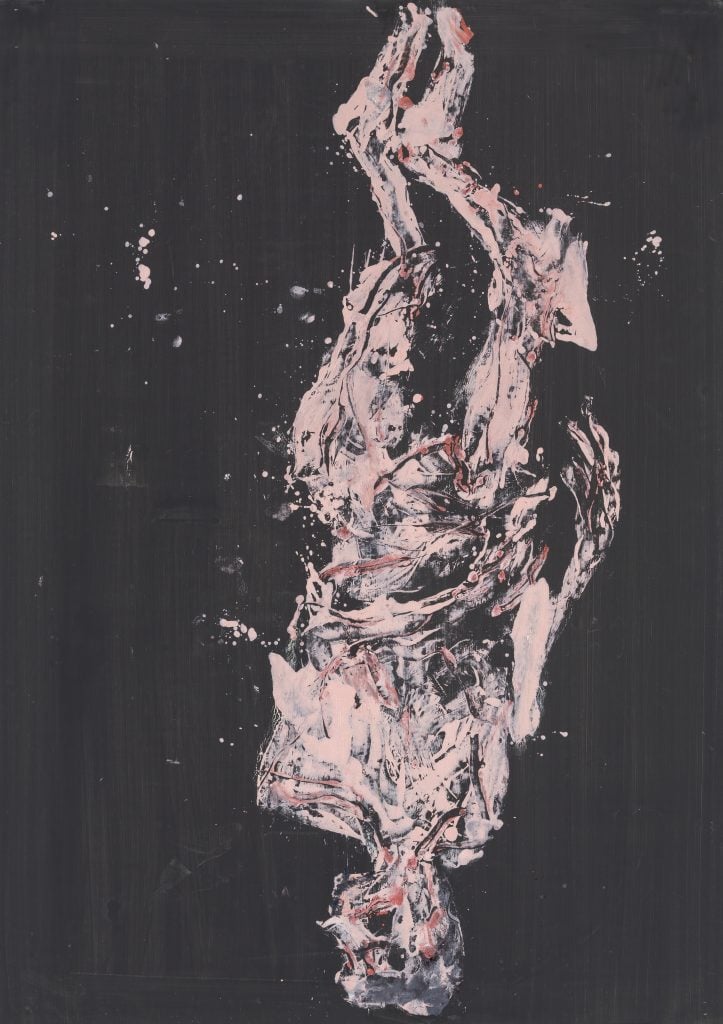
George Baselitz, Elke in Frankreich II, 2019. Photo by Jochen Littkemann. Courtesy of Galerie Thaddaeus Ropac.
Similarly, Gladstone also operated an expanded version of its fair booth on its own website, featuring more works with more context, plus a separate virtual salesroom devoted entirely to watercolors by Ugo Rondinone. Its preview-day deals included a painting by Elizabeth Peyton for $575,000 and a Rondinone sculpture for $320,000, neither of which were featured at Art Basel.
Thaddaeus Ropac took a different kind of hybrid approach. With galleries open again in the UK, the dealer installed several works at his Ely House location in London to coincide with the opening of Art Basel’s online viewing rooms, including the €1.2 million Baselitz.
Yet despite sales success and improved digital capabilities, Art Basel’s second virtual fair still left dealers wanting on one level. One dealer even said that Art Basel’s online viewing room was “a joke,” and wondered aloud if the server it ran on would go down.
But Javier Peres of Berlin’s Peres Projects said he “found the navigation to be overall fairly smooth,” though he added: “Of course, we miss the fair and all the excitement, business, etc., that come with being in Basel. But all things considered, we are expecting this [online viewing room] to be successful as well.”
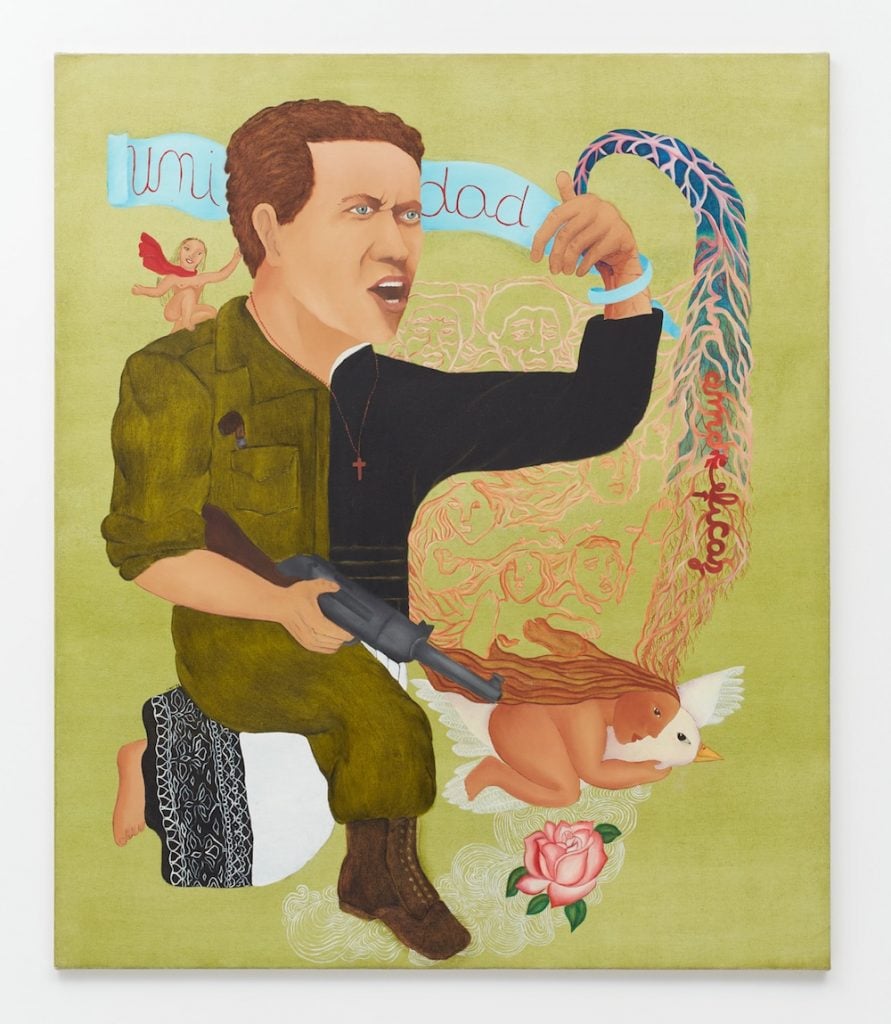
Cecilia Vicuna, Camilo Torres (1978). Image courtesy the artist and Lehmann Maupin
Among other dealers, Di Donna Galleries sold a painting by Antoni Tàpies with an asking price of between $300,000 and $400,000.
Lehmann Maupin reported selling, within the first hour of the fair, a historic 1978 Cecilia Vicuña painting to a collector based in Korea for $375,000. This work will be included in the upcoming 2021 Gwangju Biennale in Korea, which opens in February.
And Marianne Boesky gallery reported primary-market sales of works by Jennifer Bartlett for $600,000, Donald Moffett for $175,000, and Serge Alain Nitegeka for $30,000. On the secondary market, the gallery placed a Yoshitomo Nara.
“Given this new online format, we have been engaged with our artists more than ever,” Marianne Boesky gallery director Kelly Woods said.
—Additional reporting by Kate Brown
